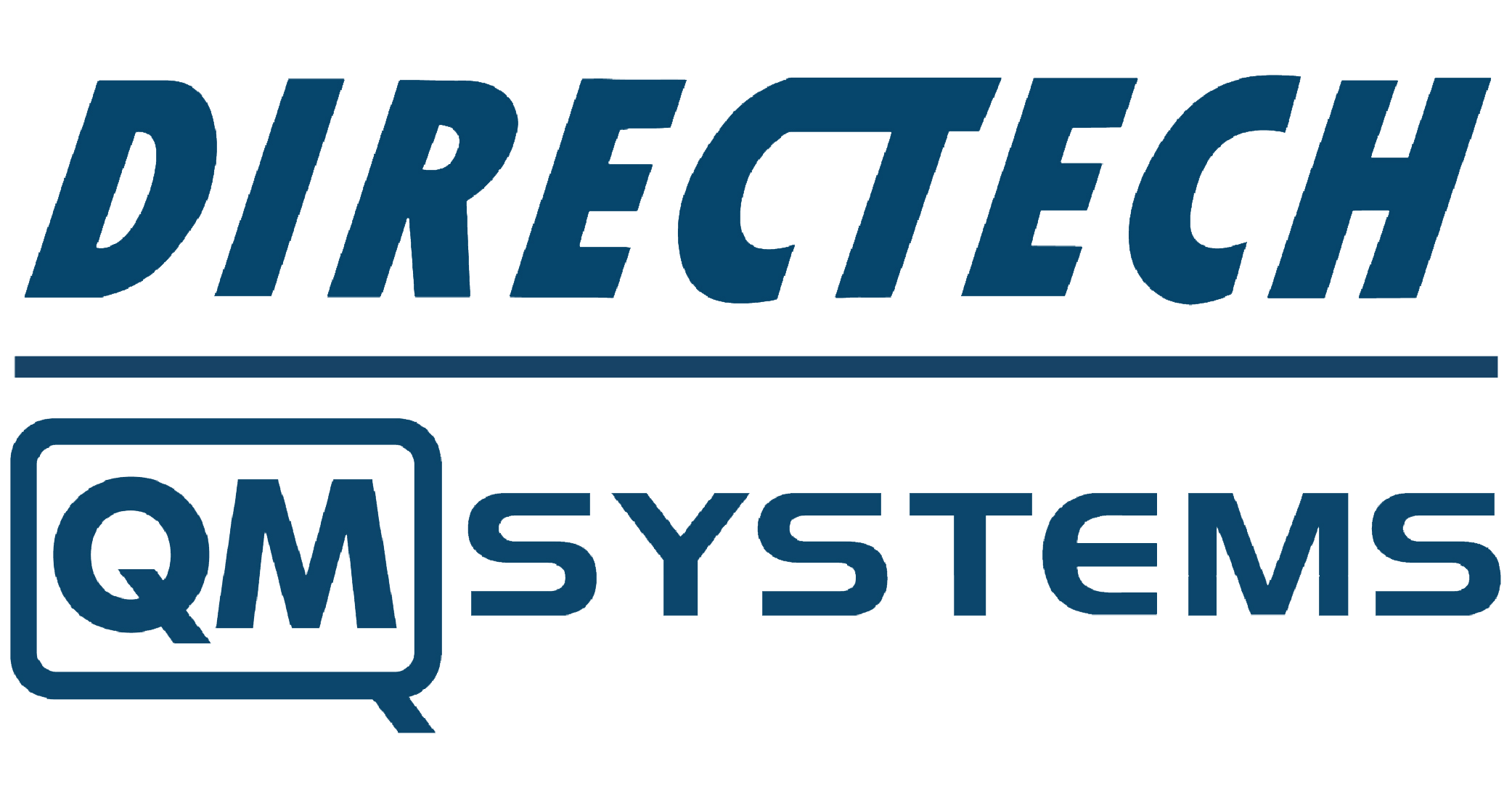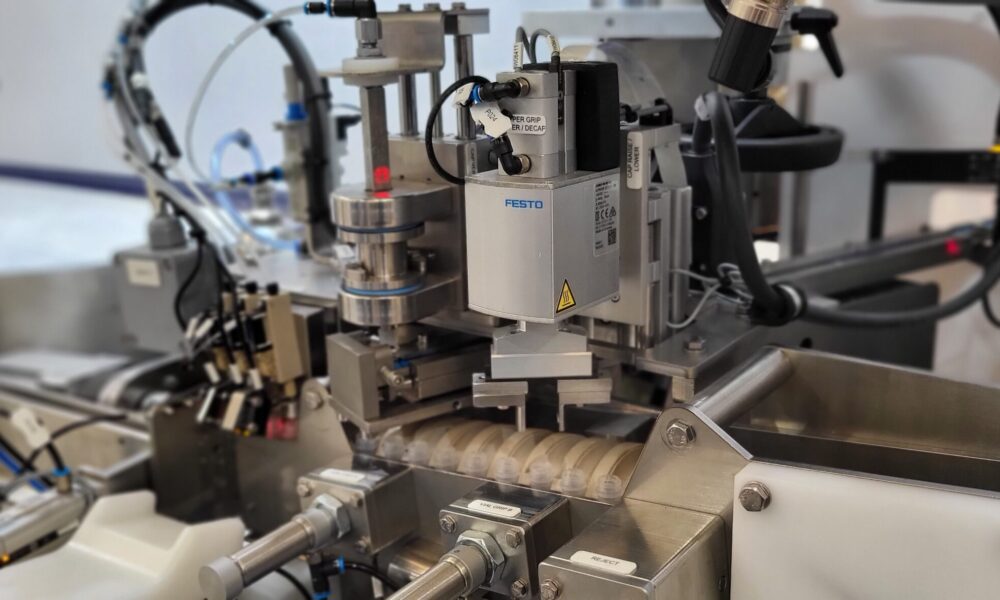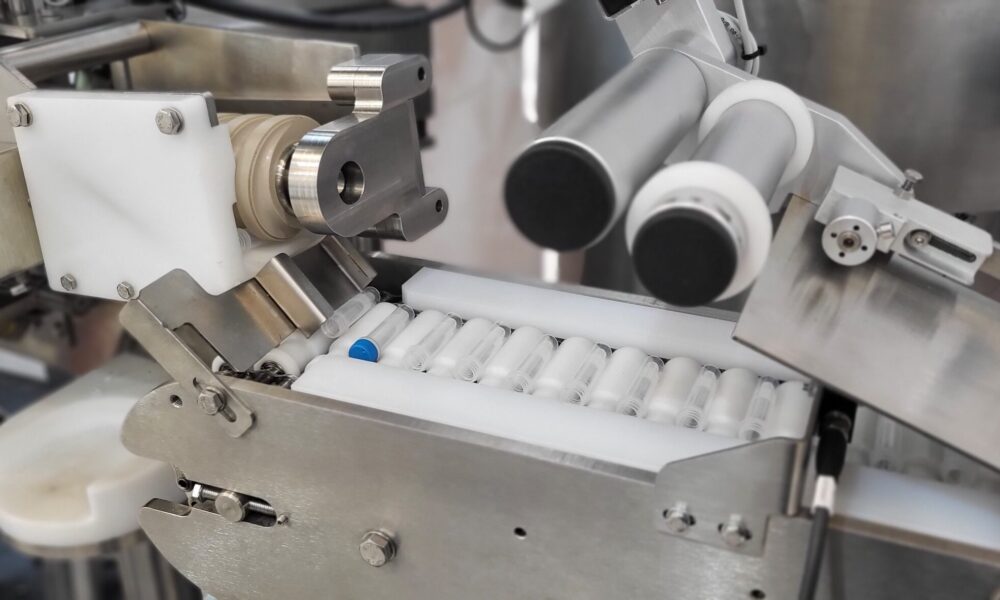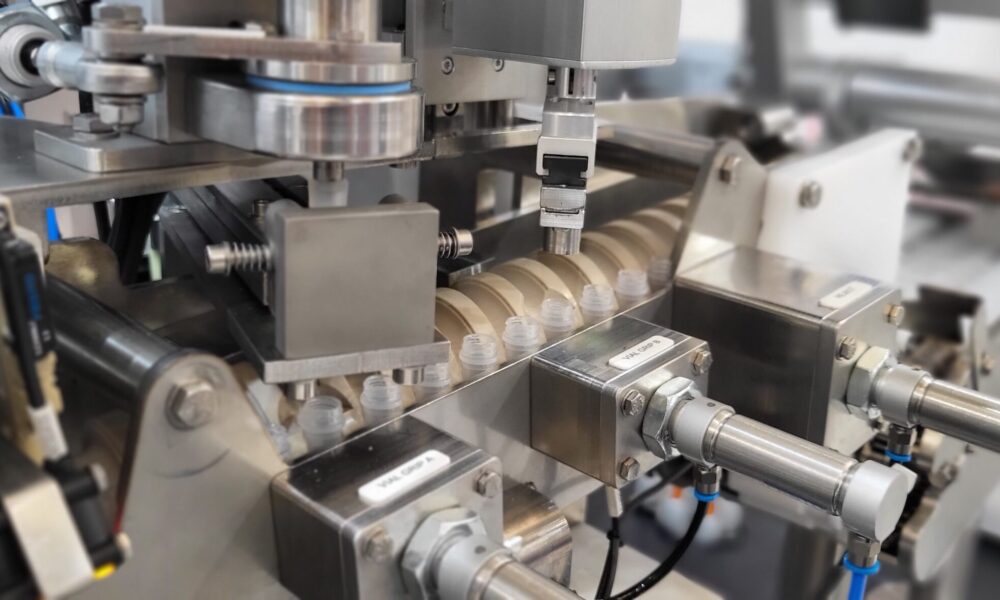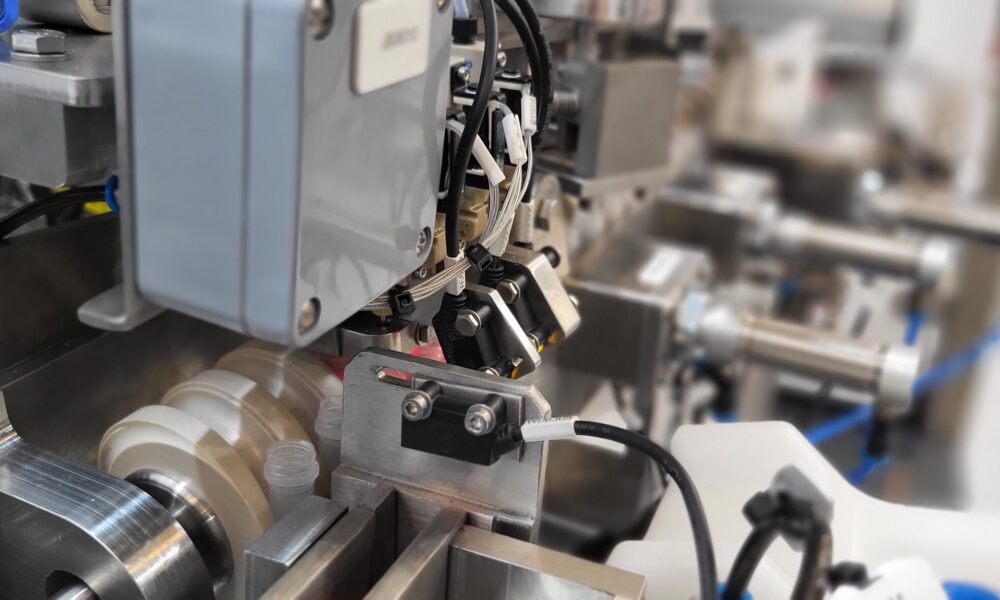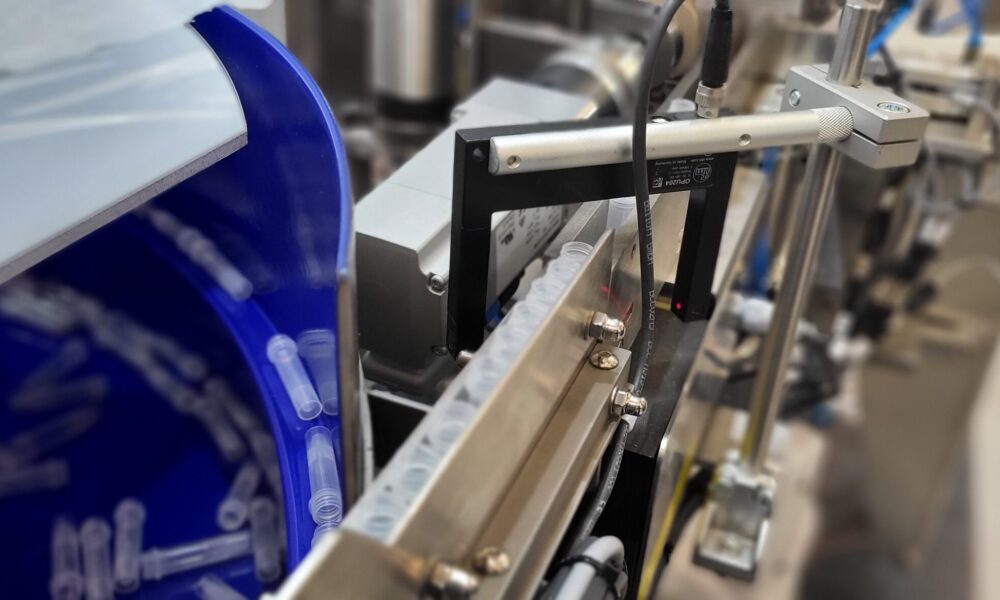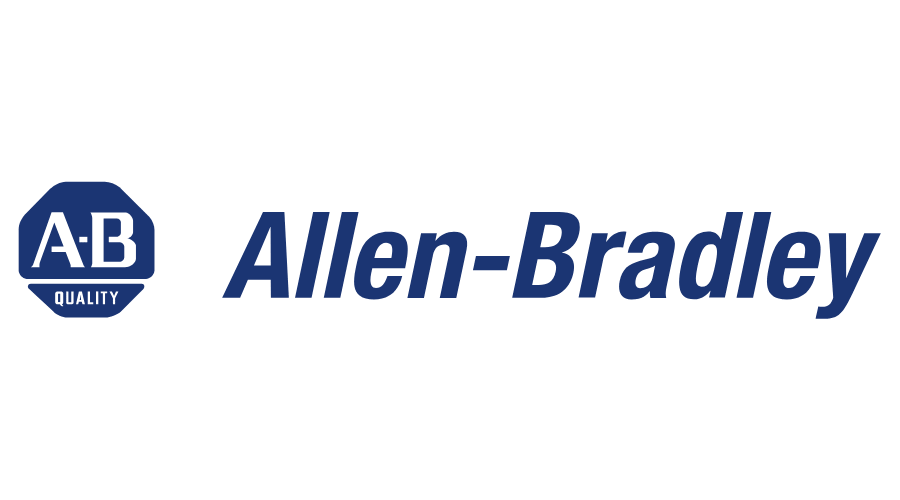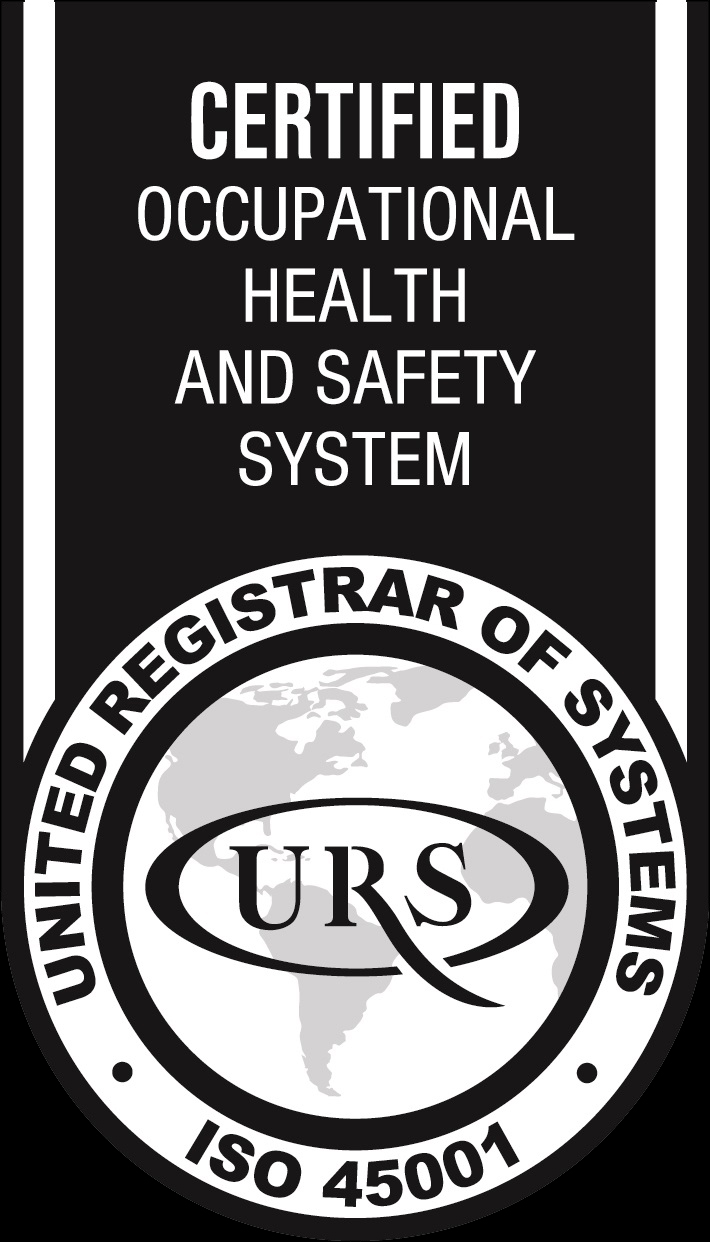Directech QM-Systems has accrued over 35 years of automation experience, using a variety of different methods for manipulating and moving components. Arguably the most requested or cost efficient solution is a pick and place system. Pick and place automation speeds up the process of picking up parts or items and placing them in other locations. Automating this process has the ability to increase production rates and efficiency. The systems are able to handle repetitive tasks while freeing up human operators to focus on more complex work.
Our pick and place systems use advanced vision sensors/systems to identify, grasp and move objects from one place to another. This method can be configured in multiple different ways, with various end-of-arm tooling options for use in different applications. Such as assembly, packaging or bin picking.
